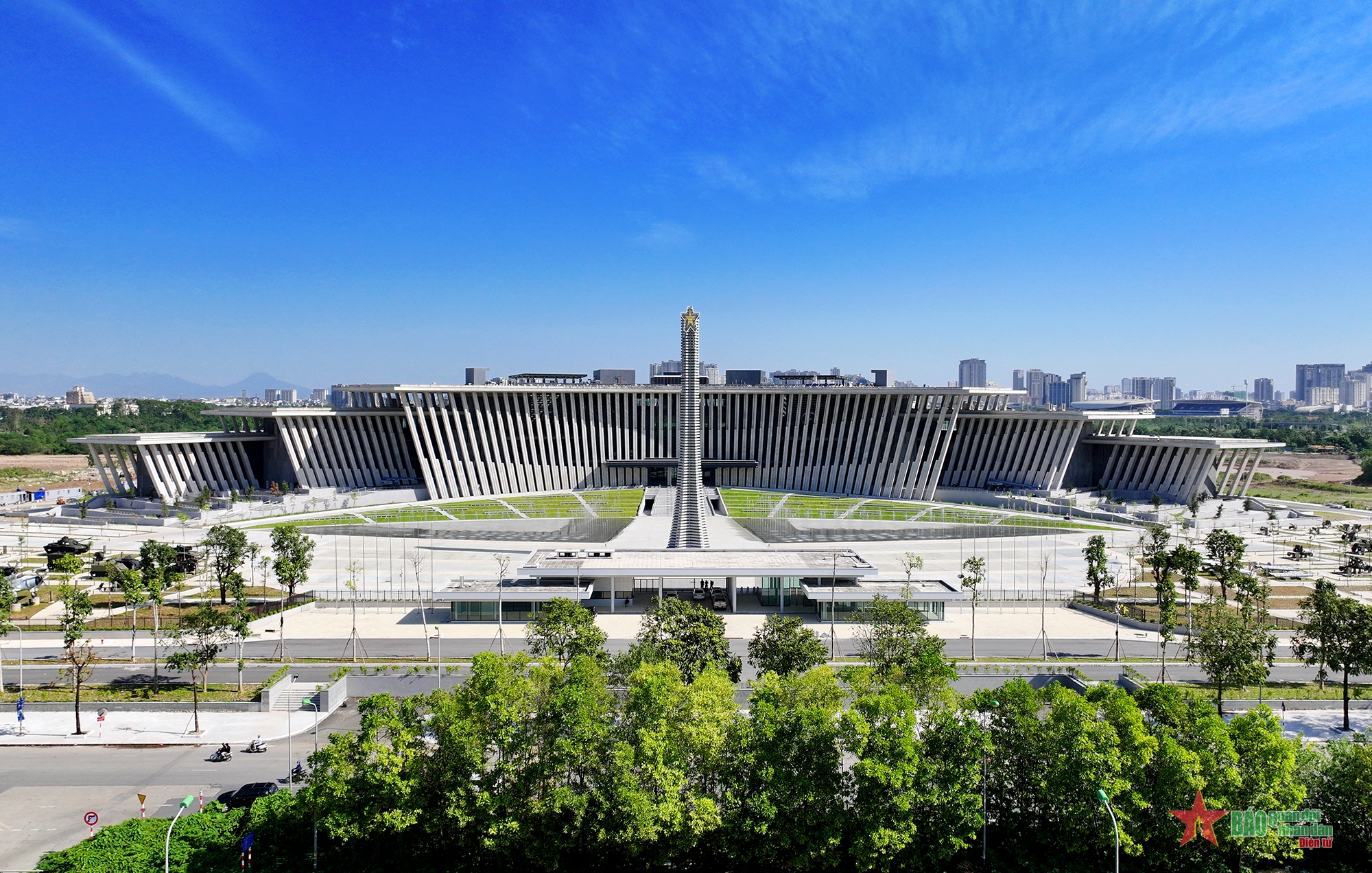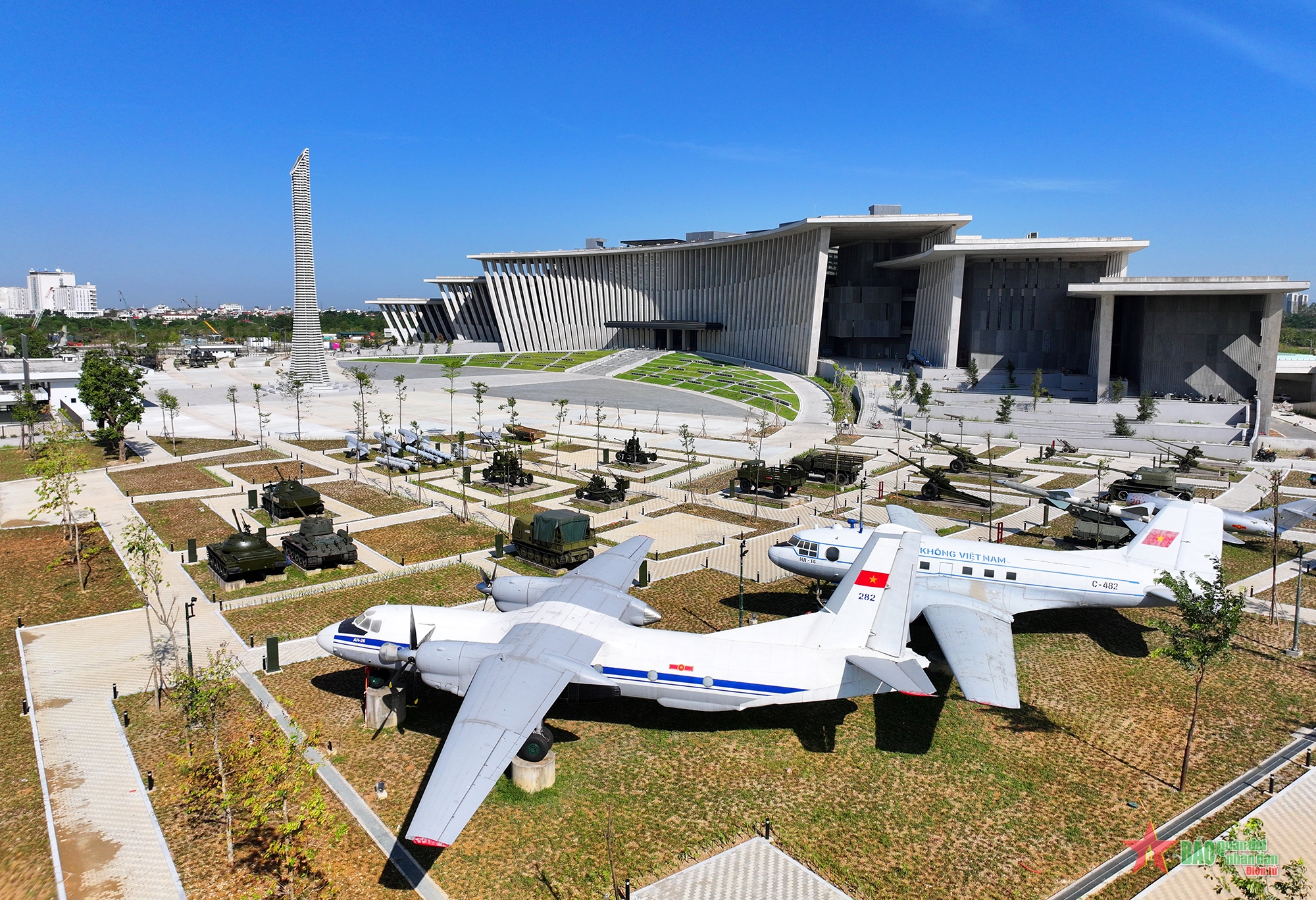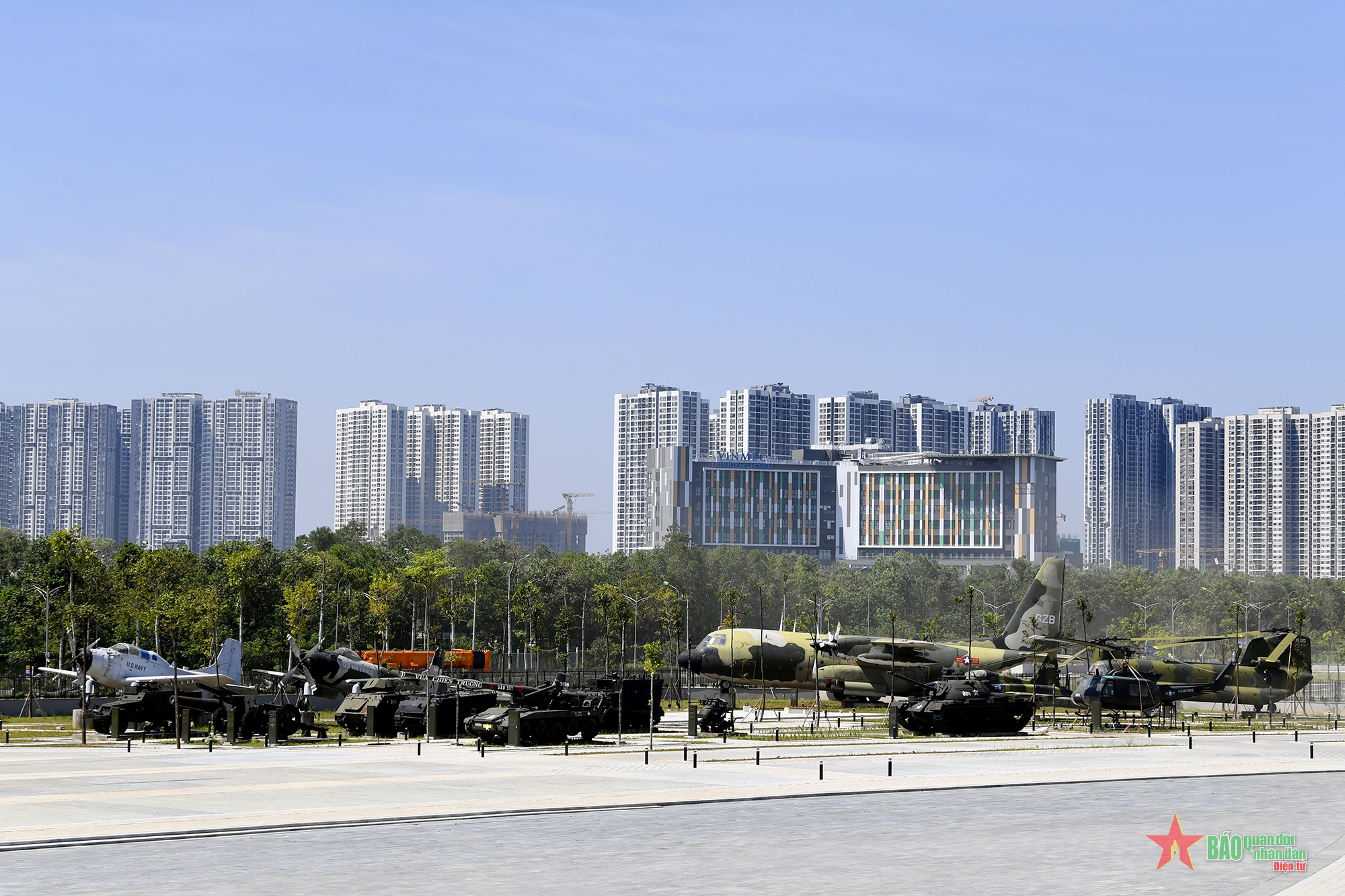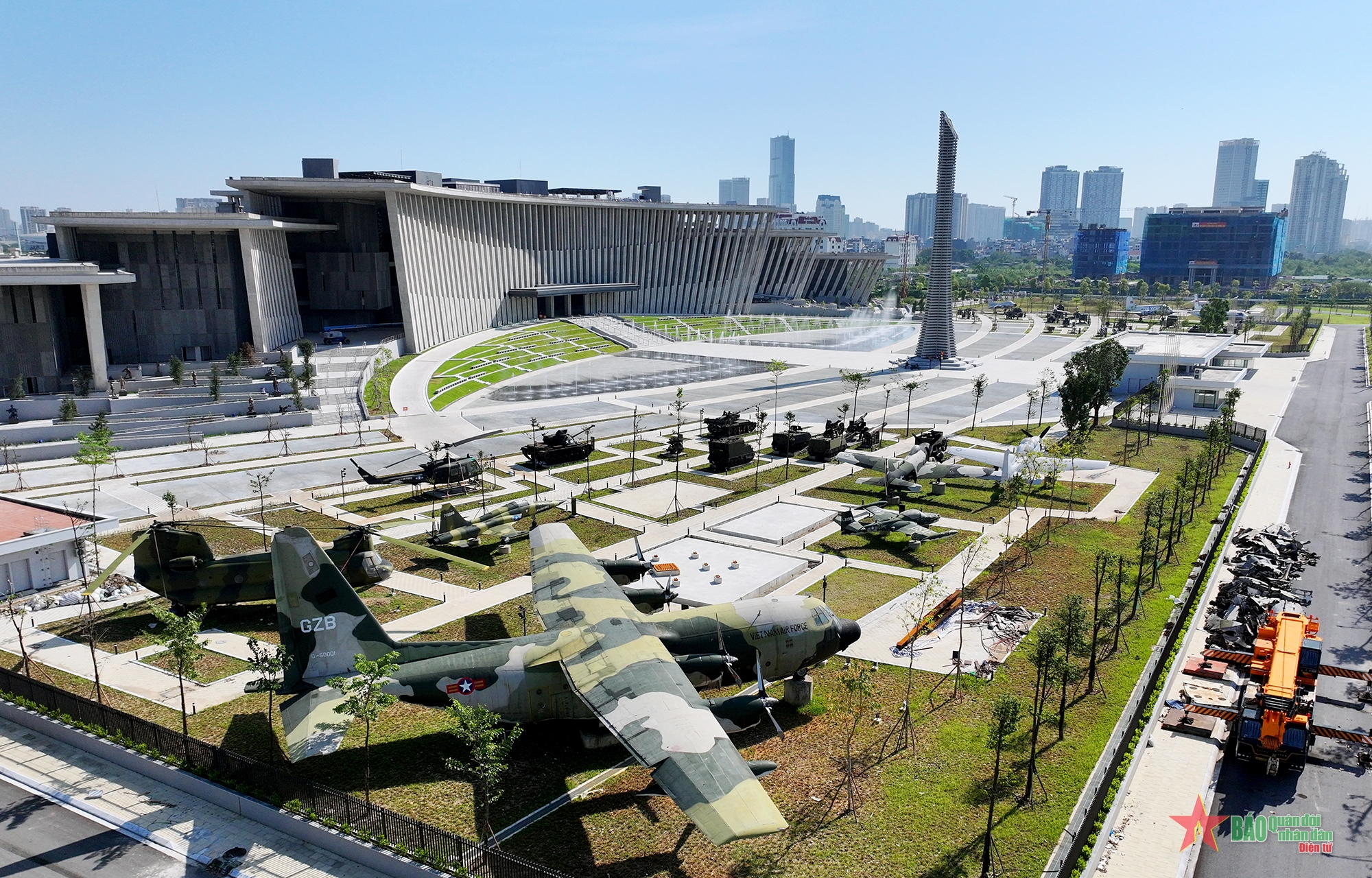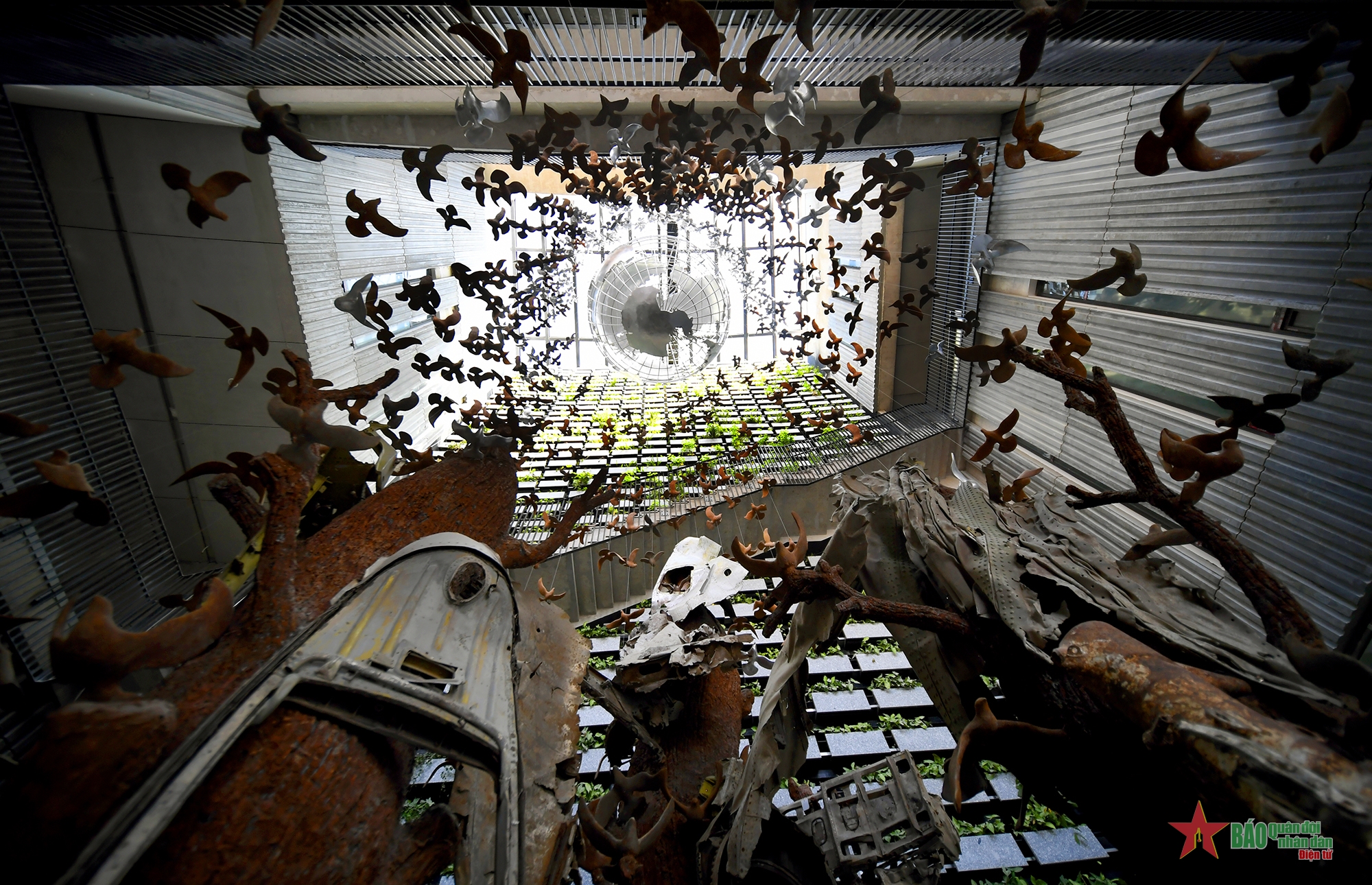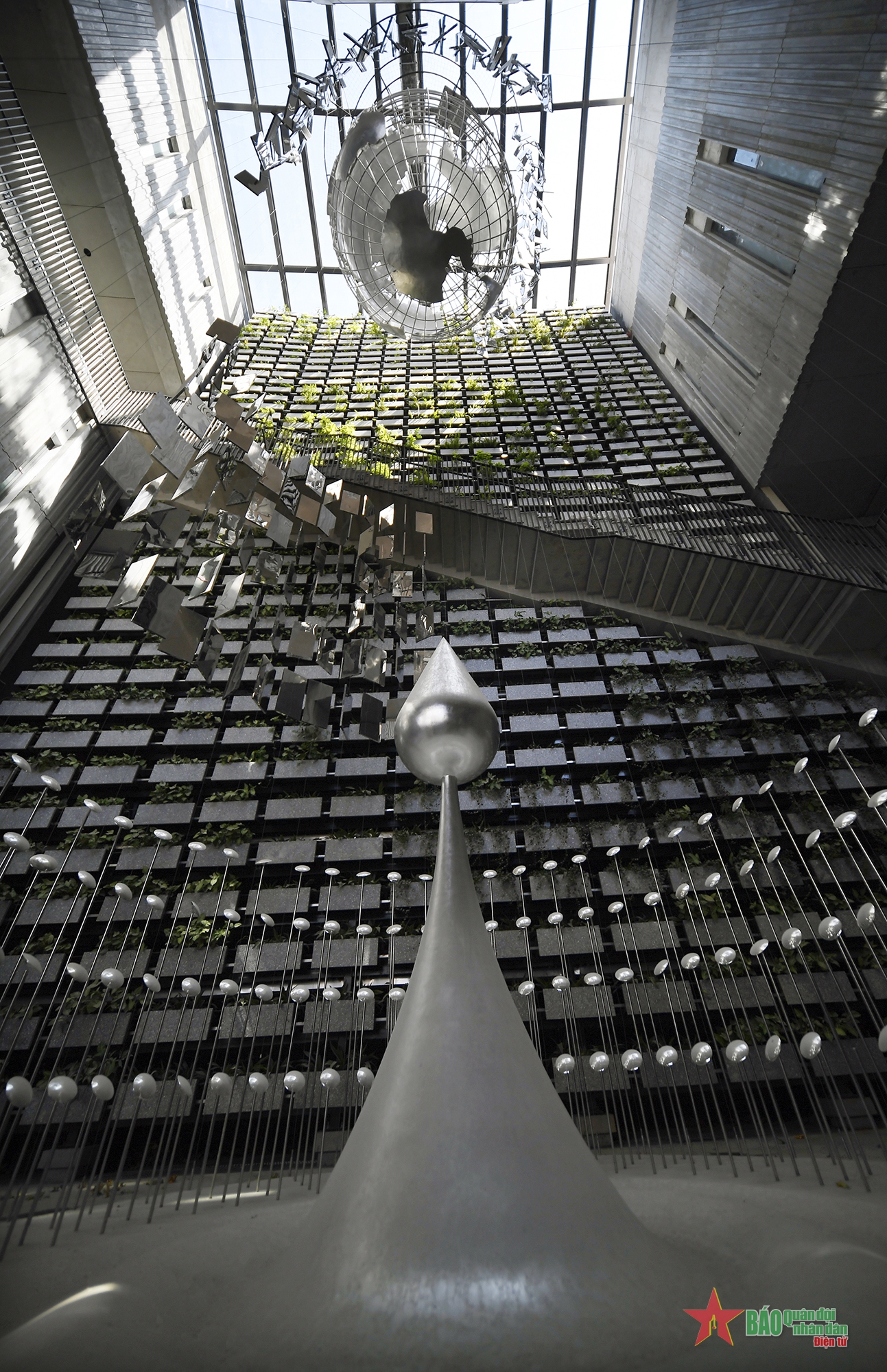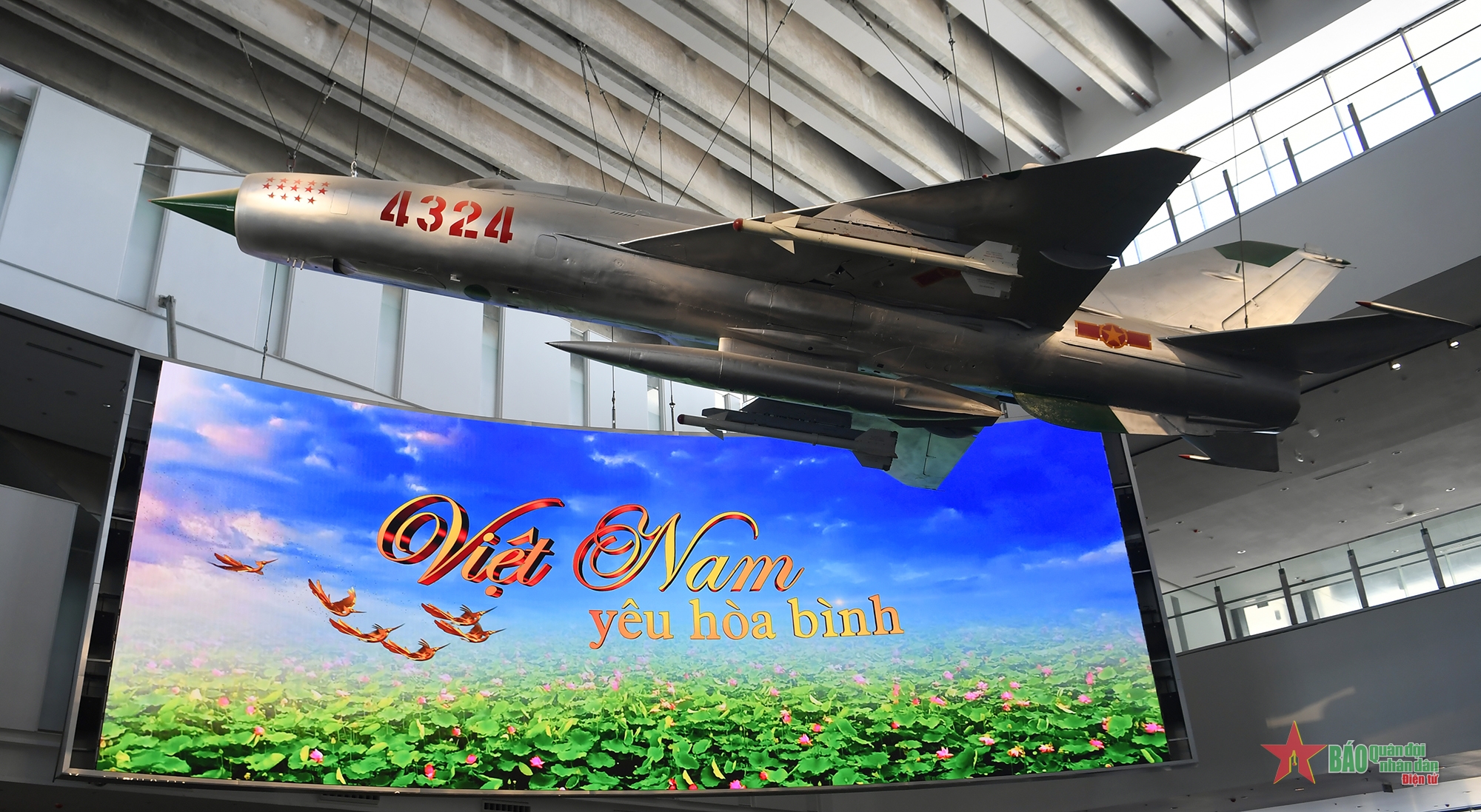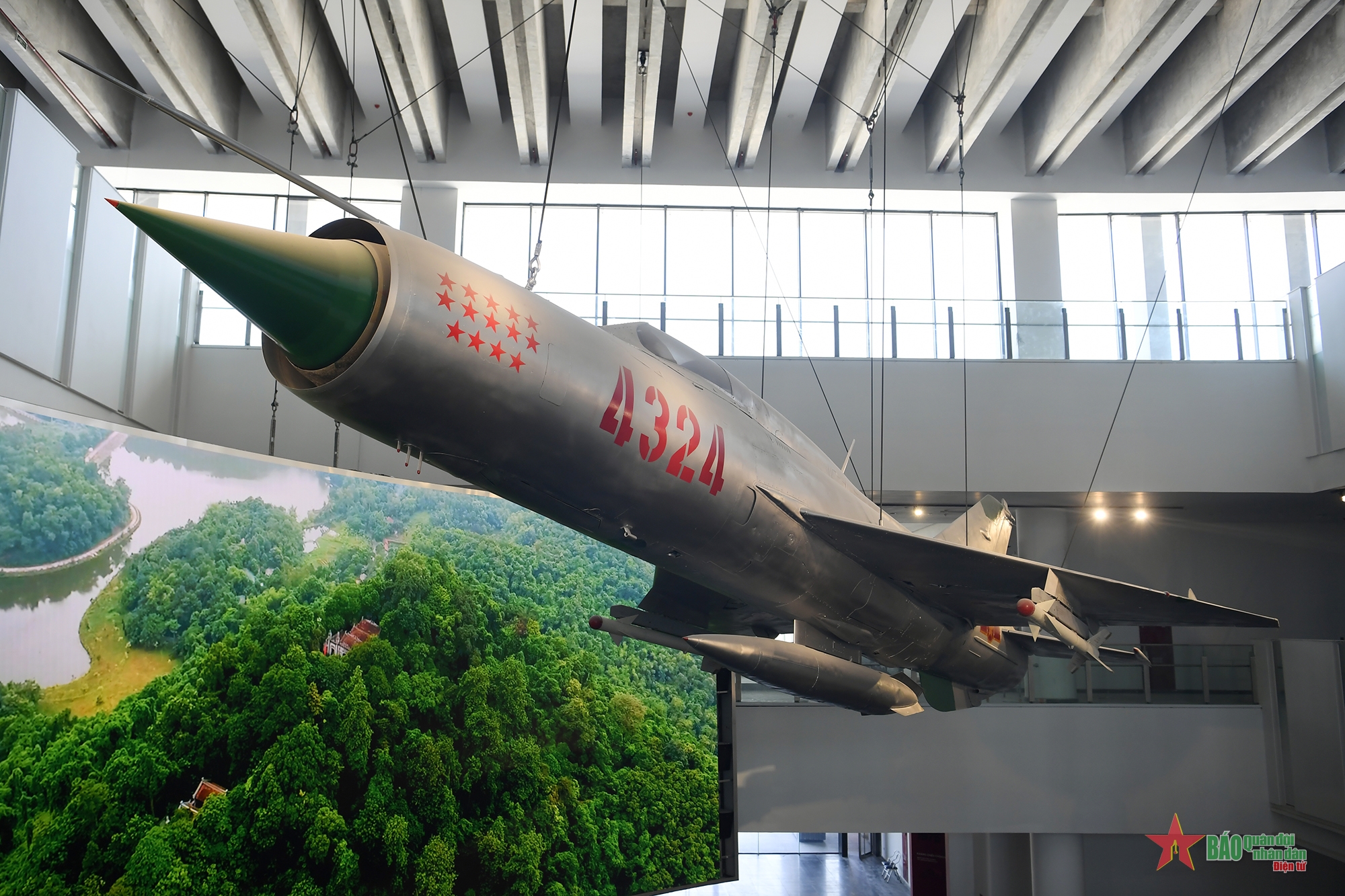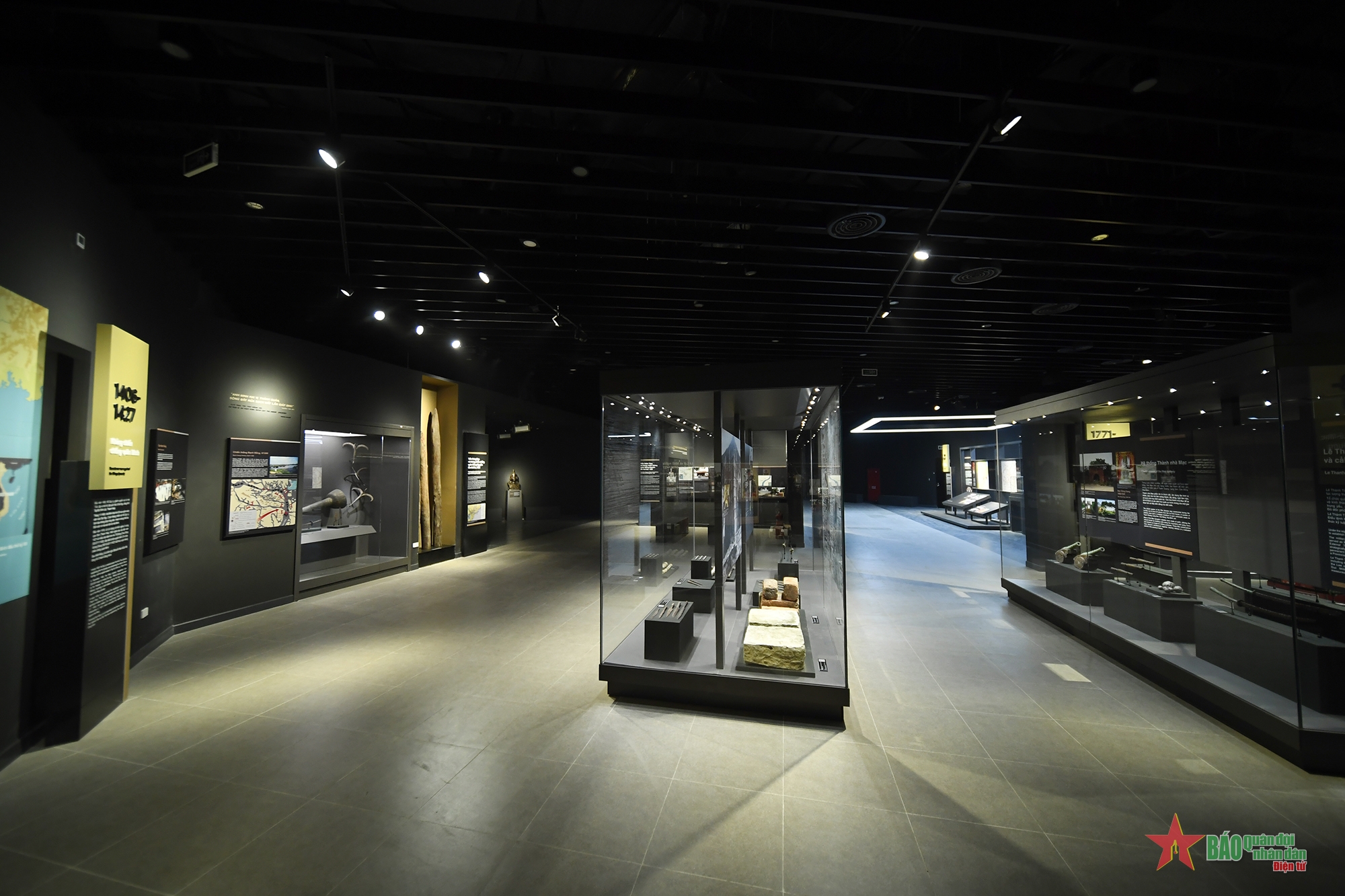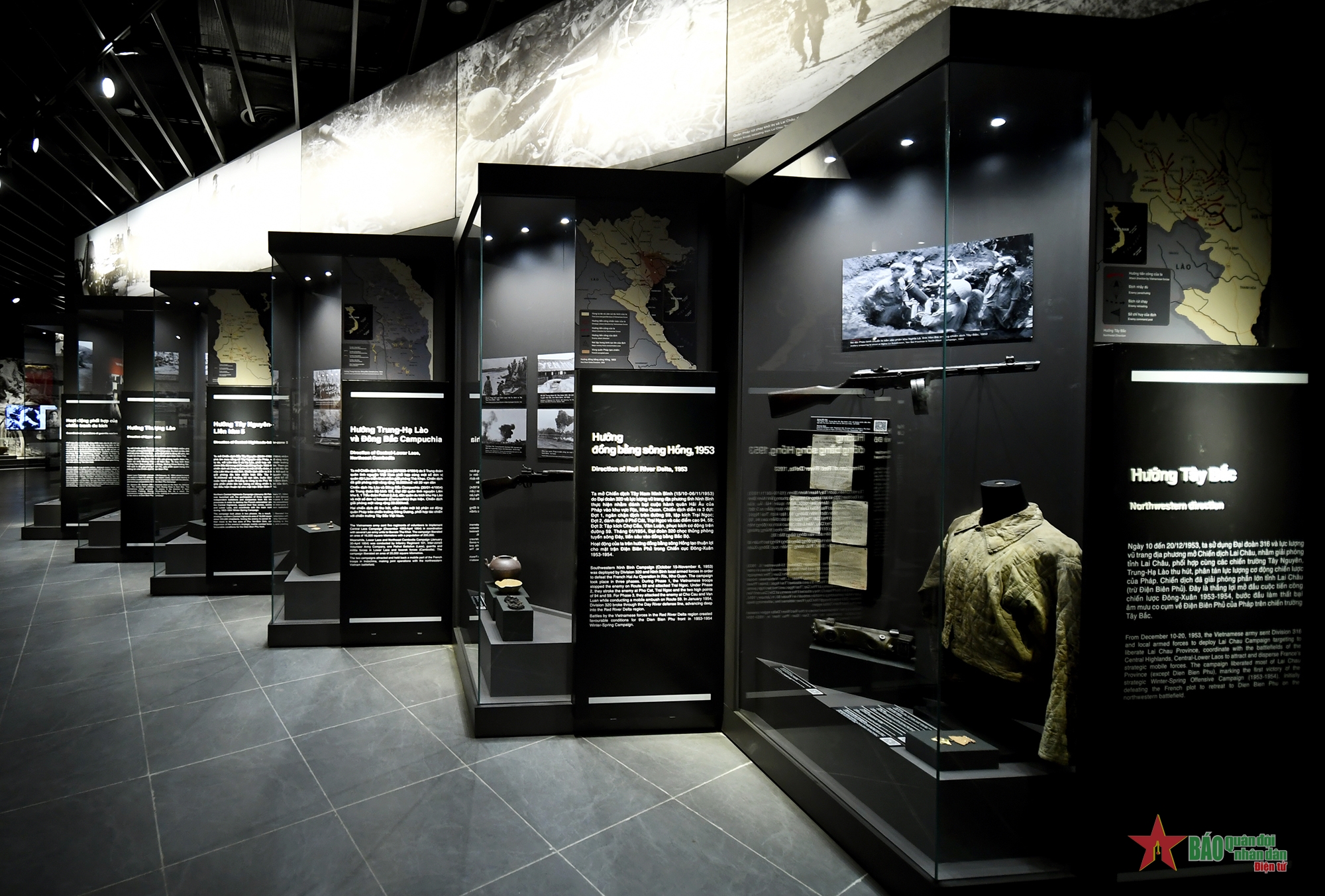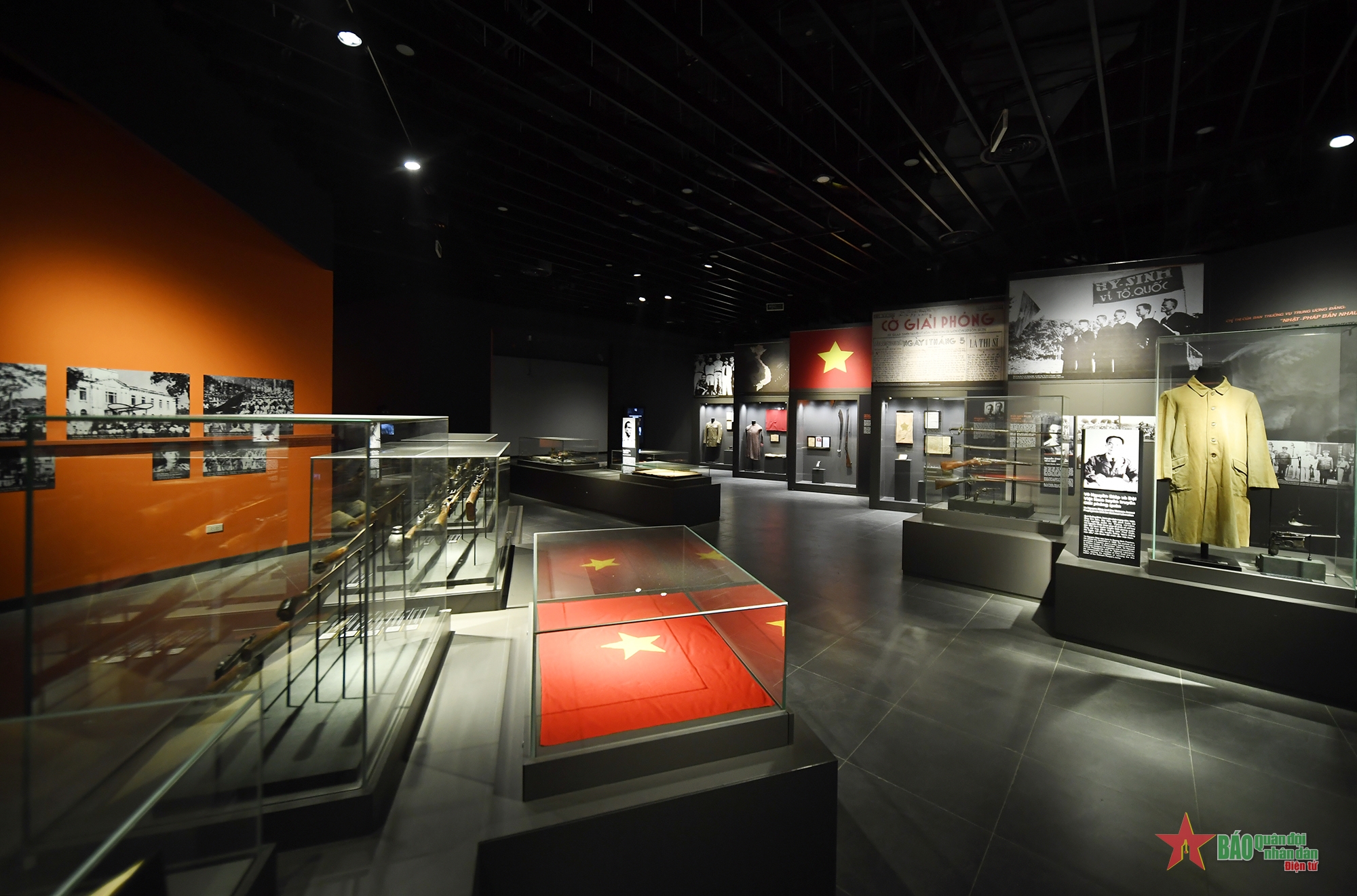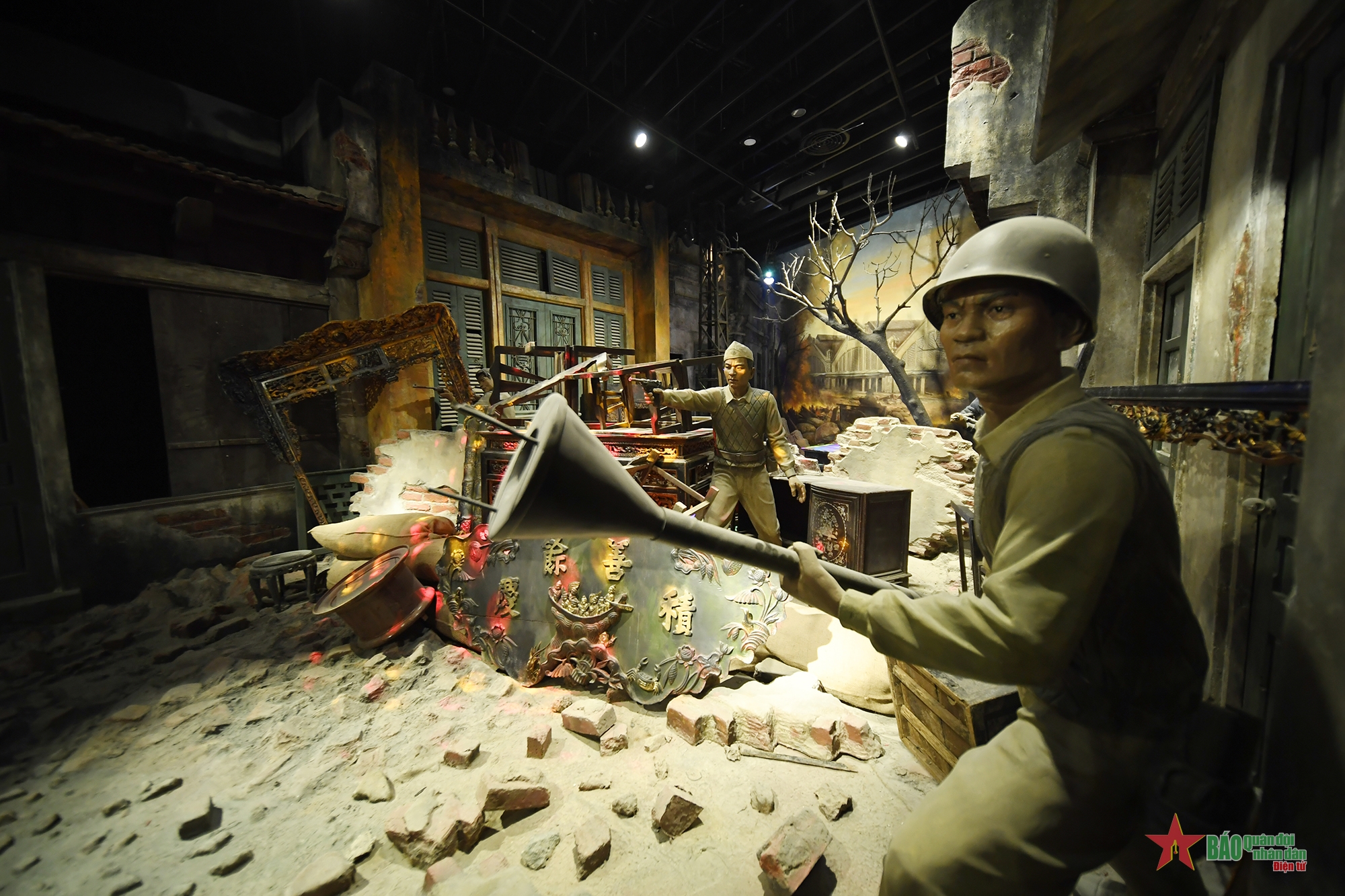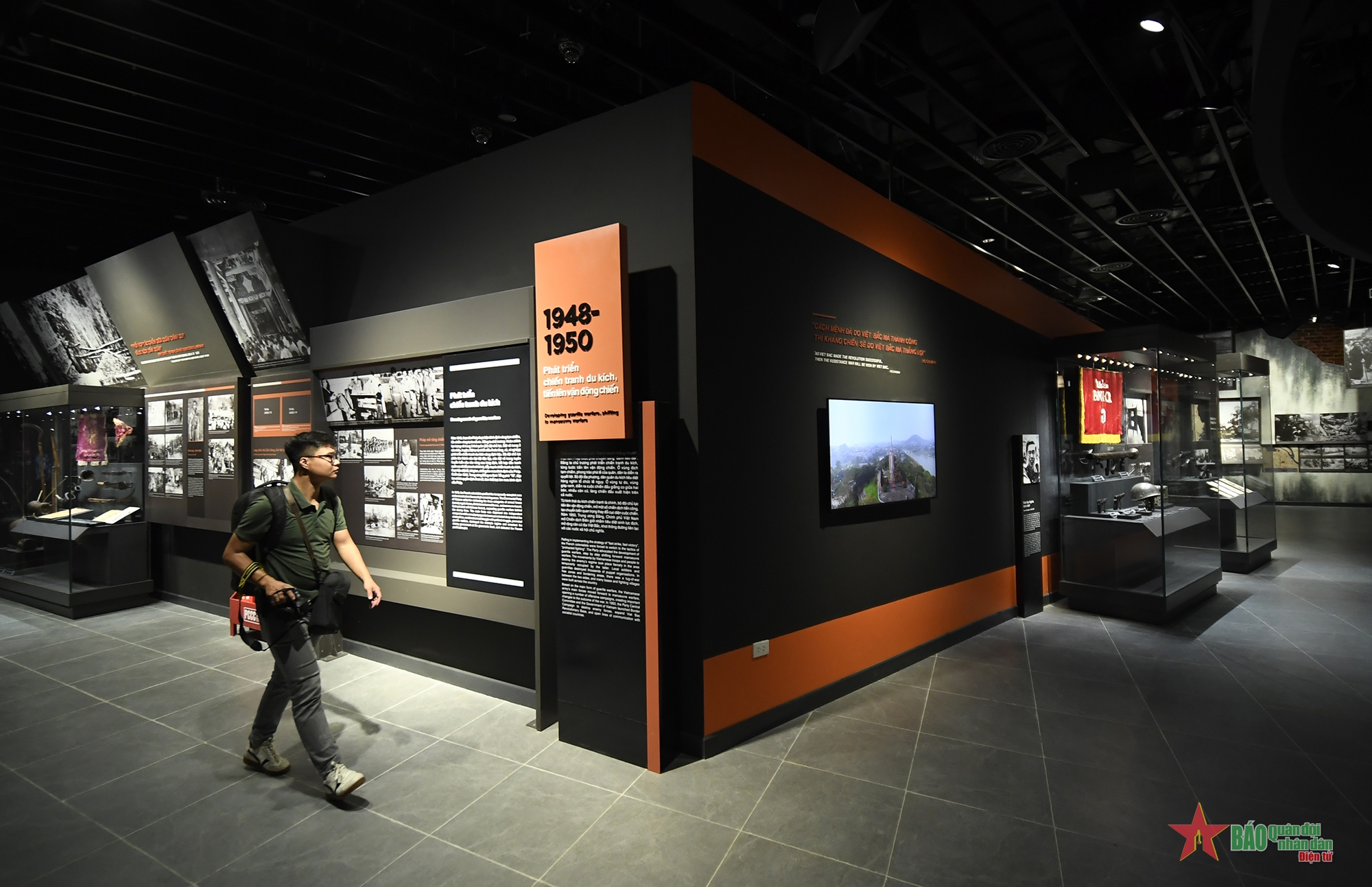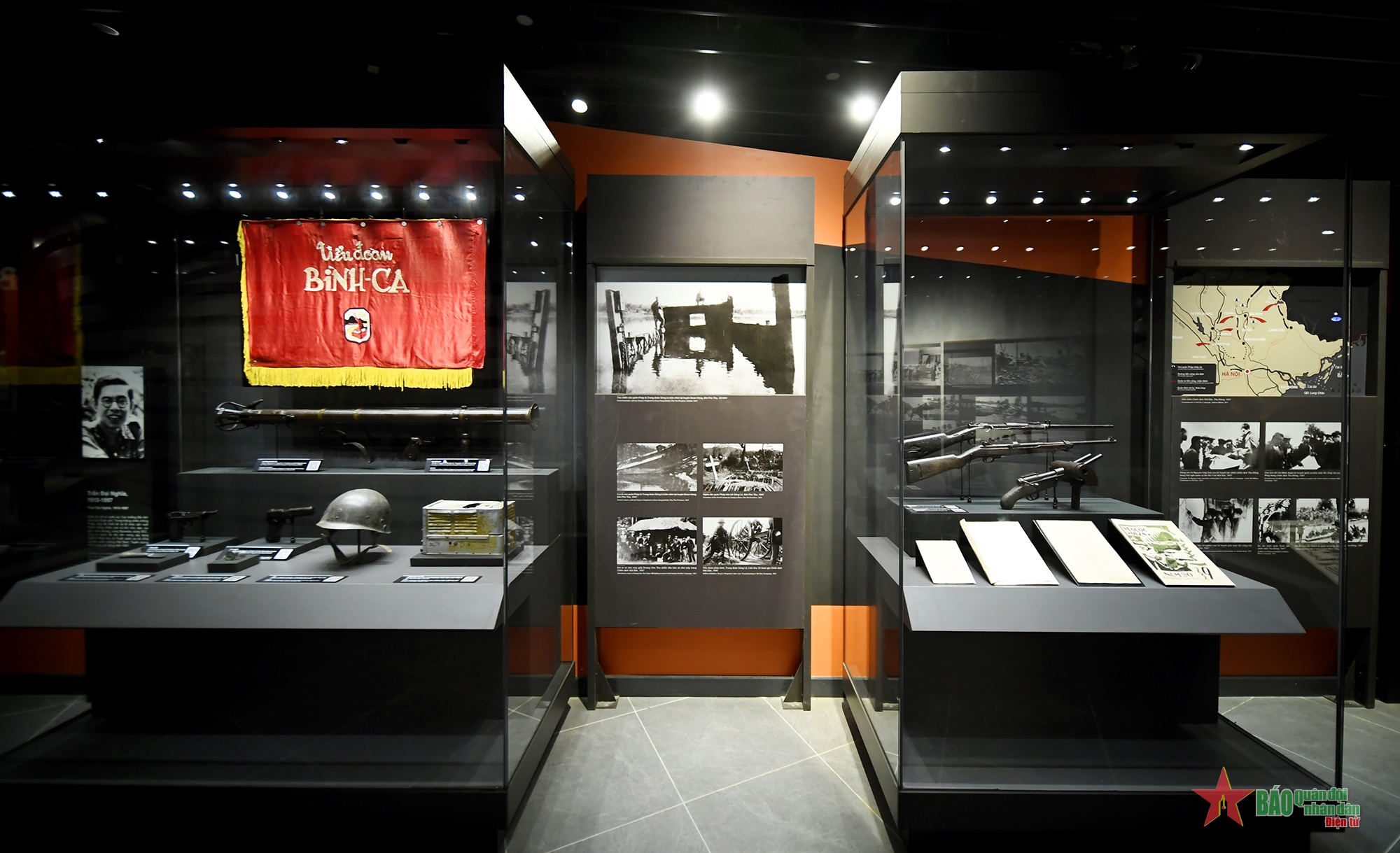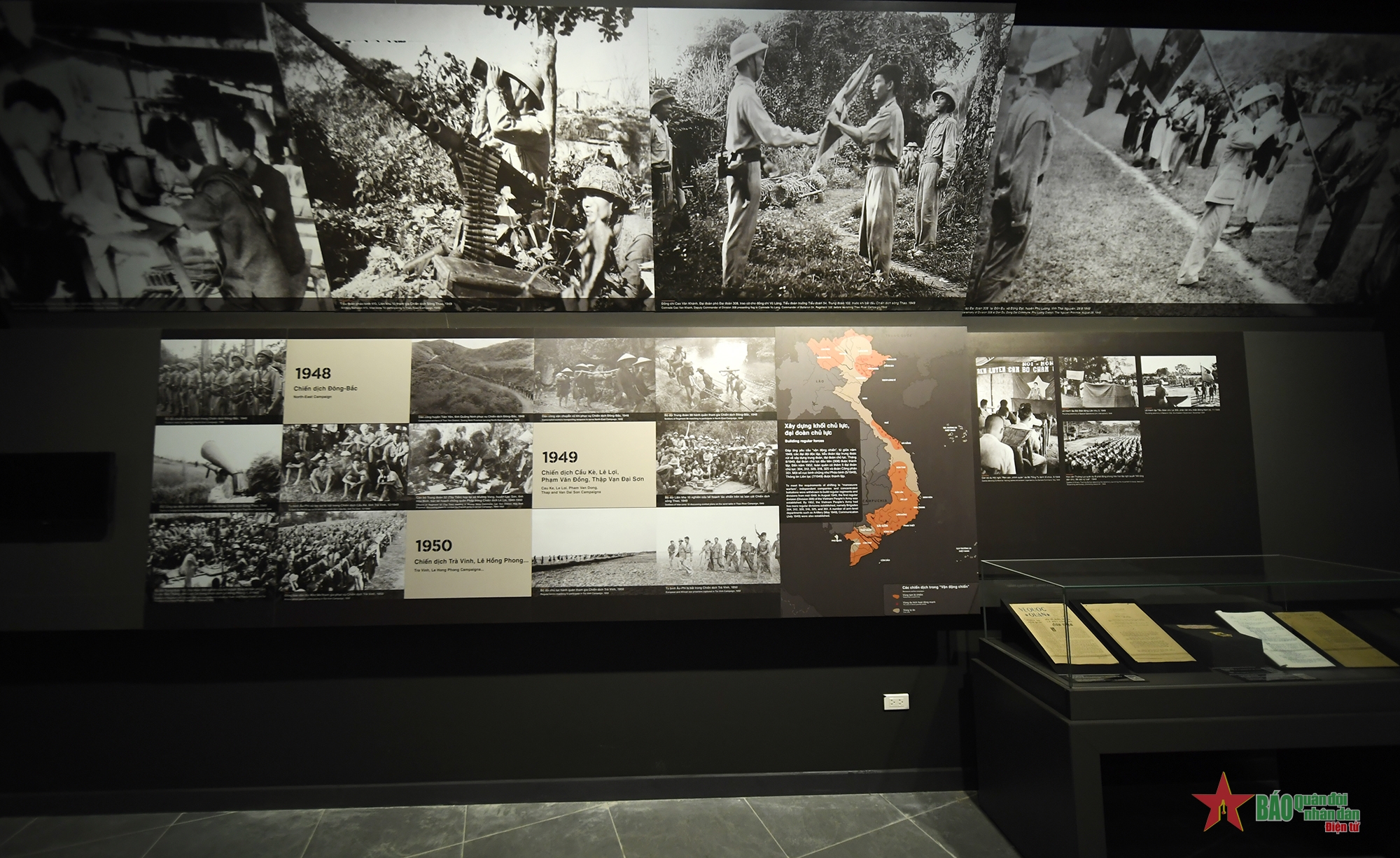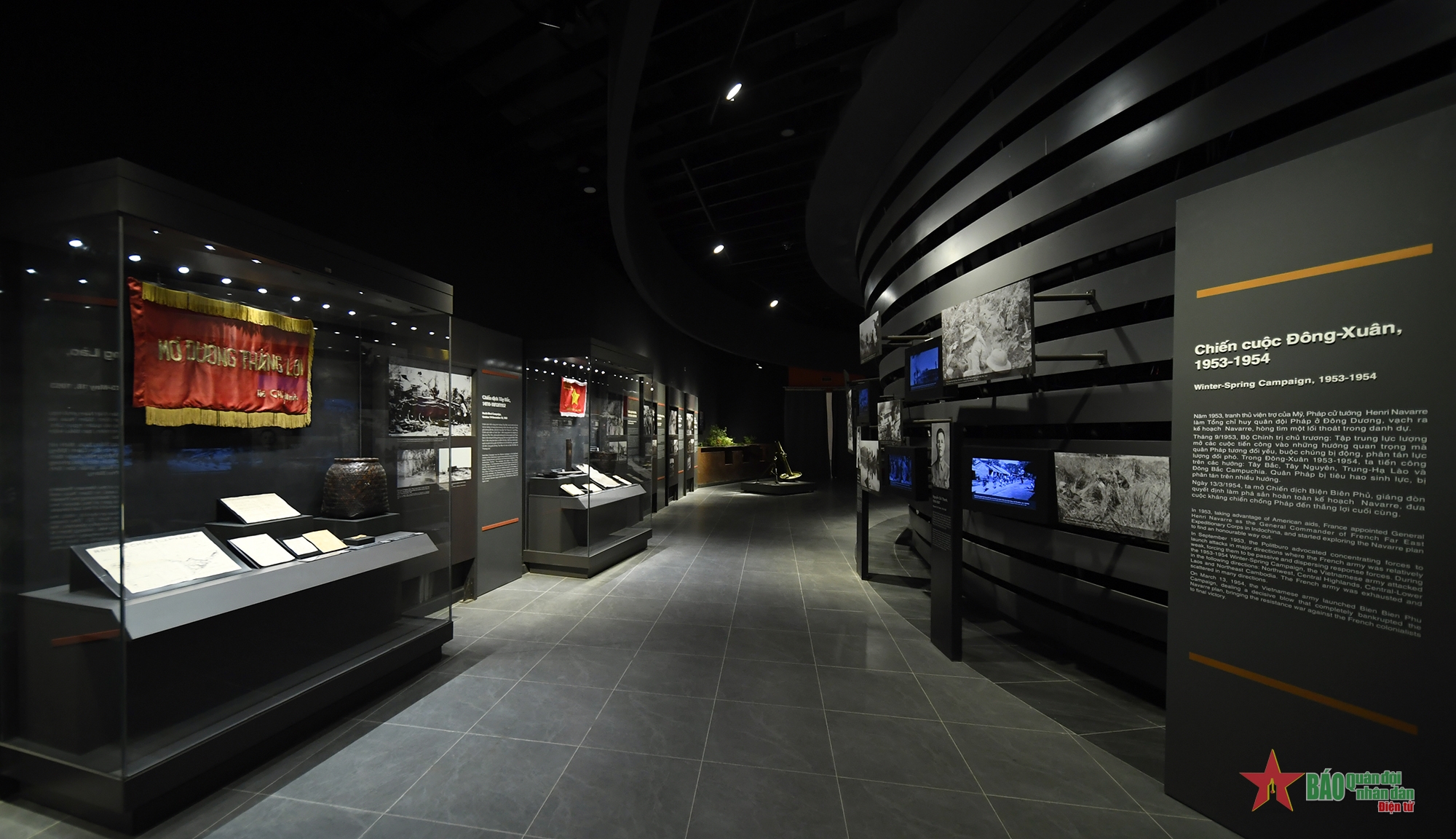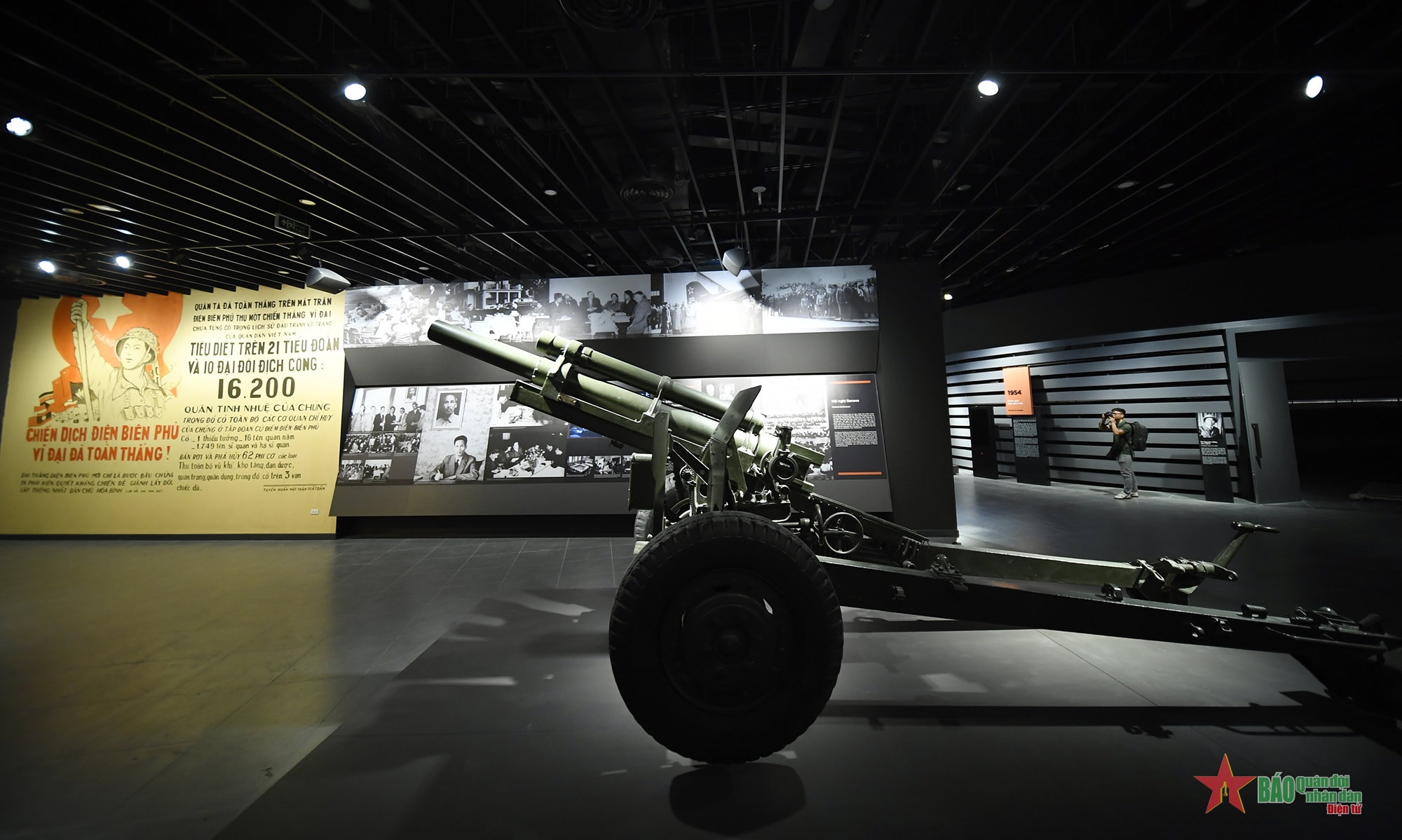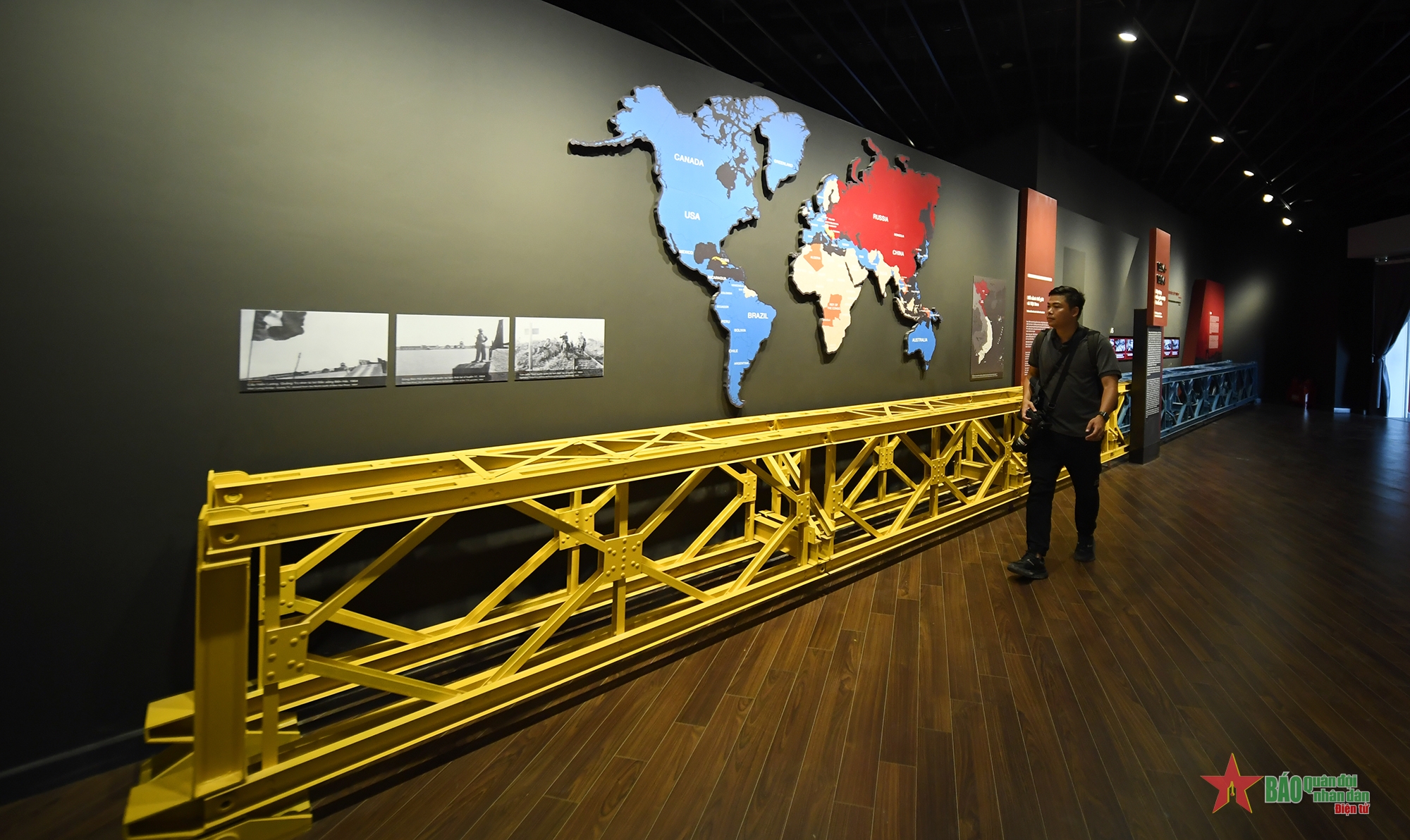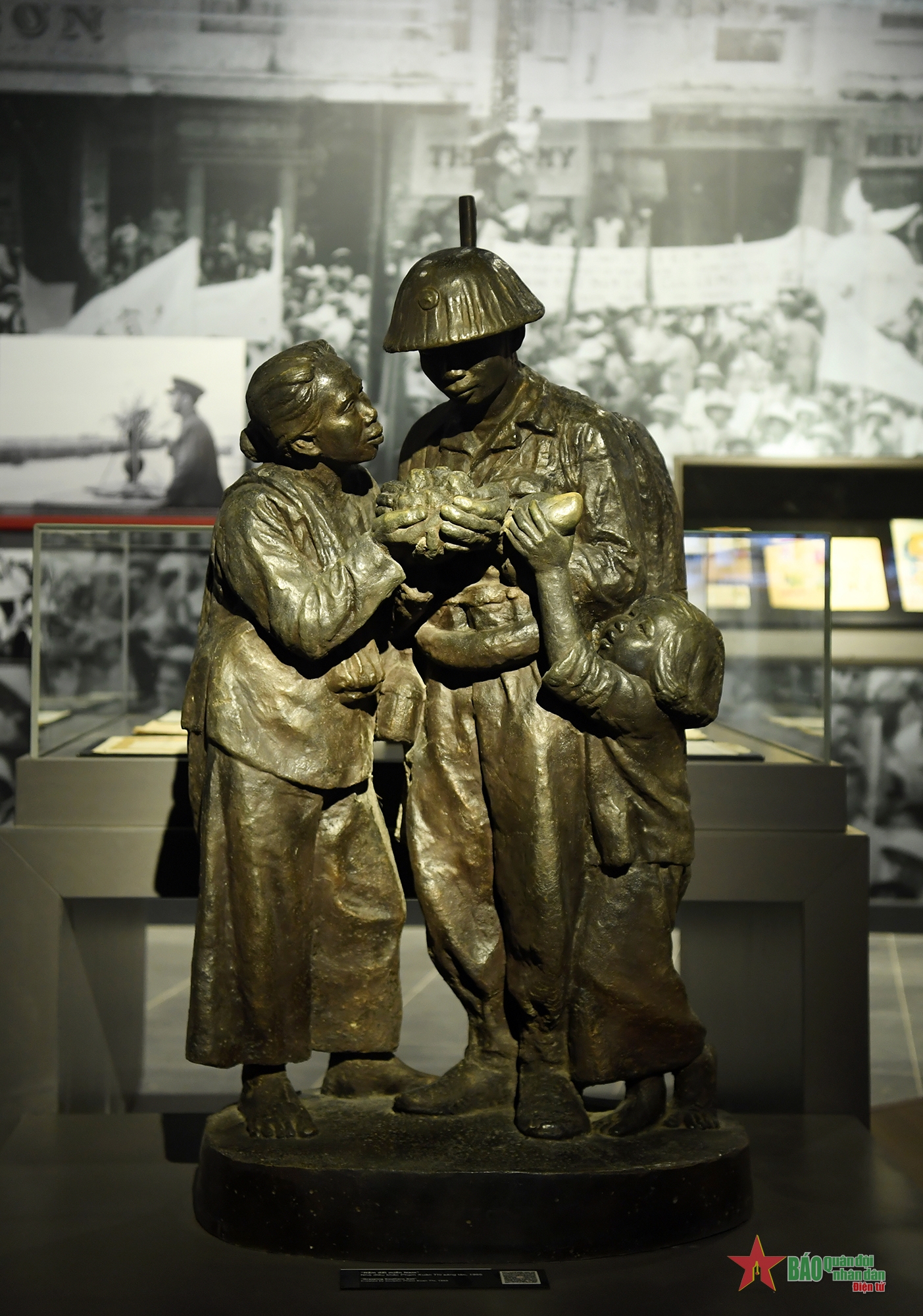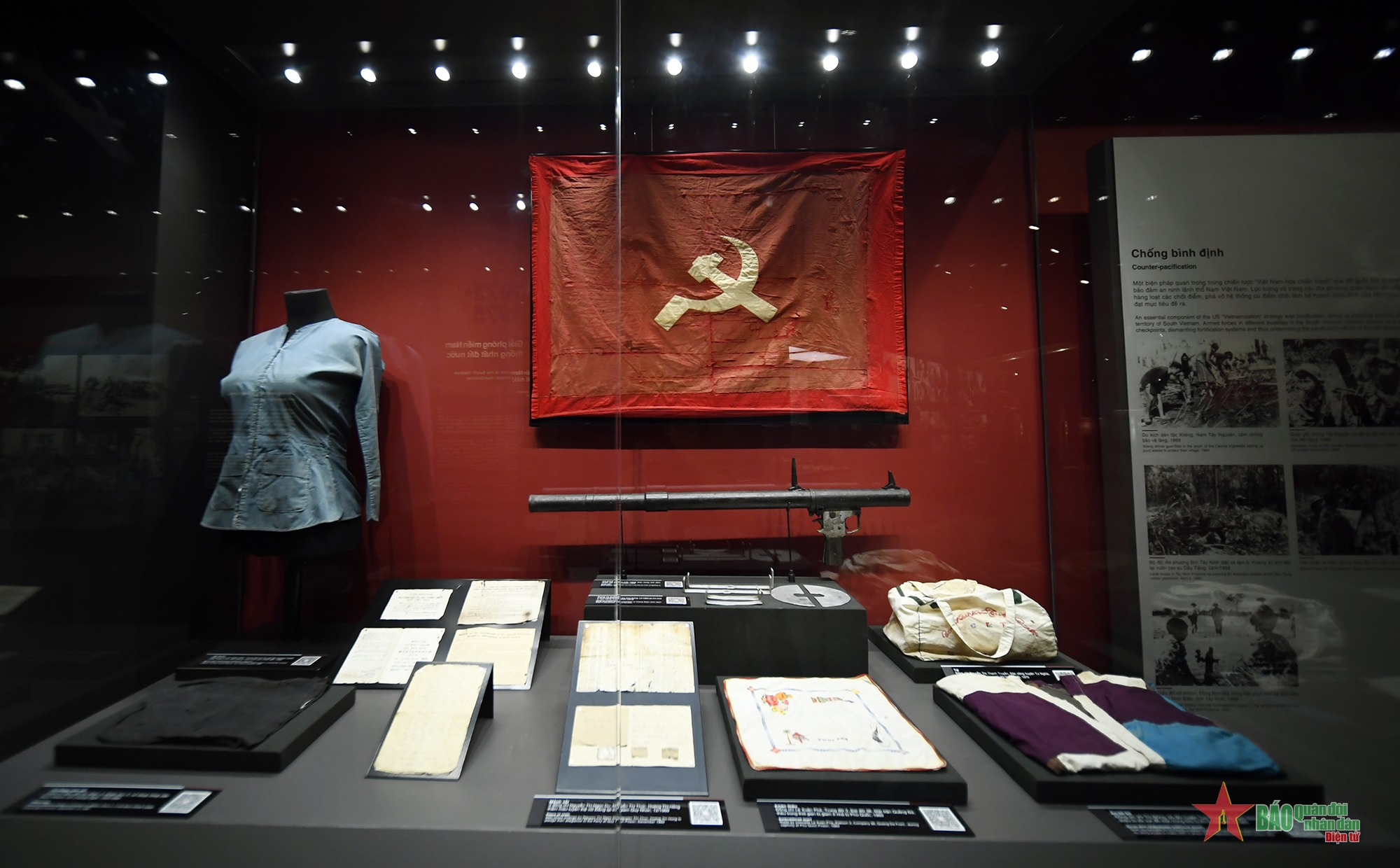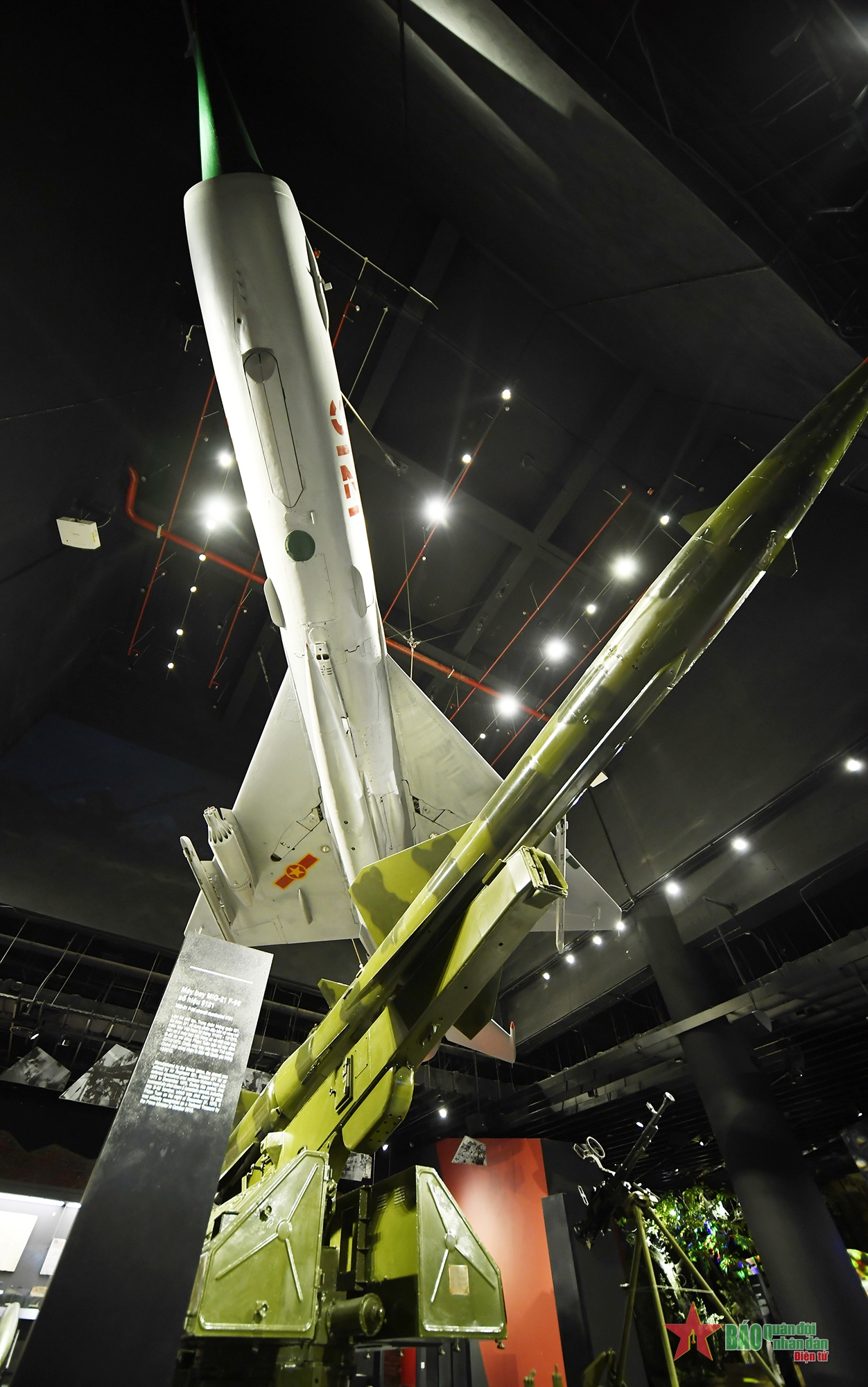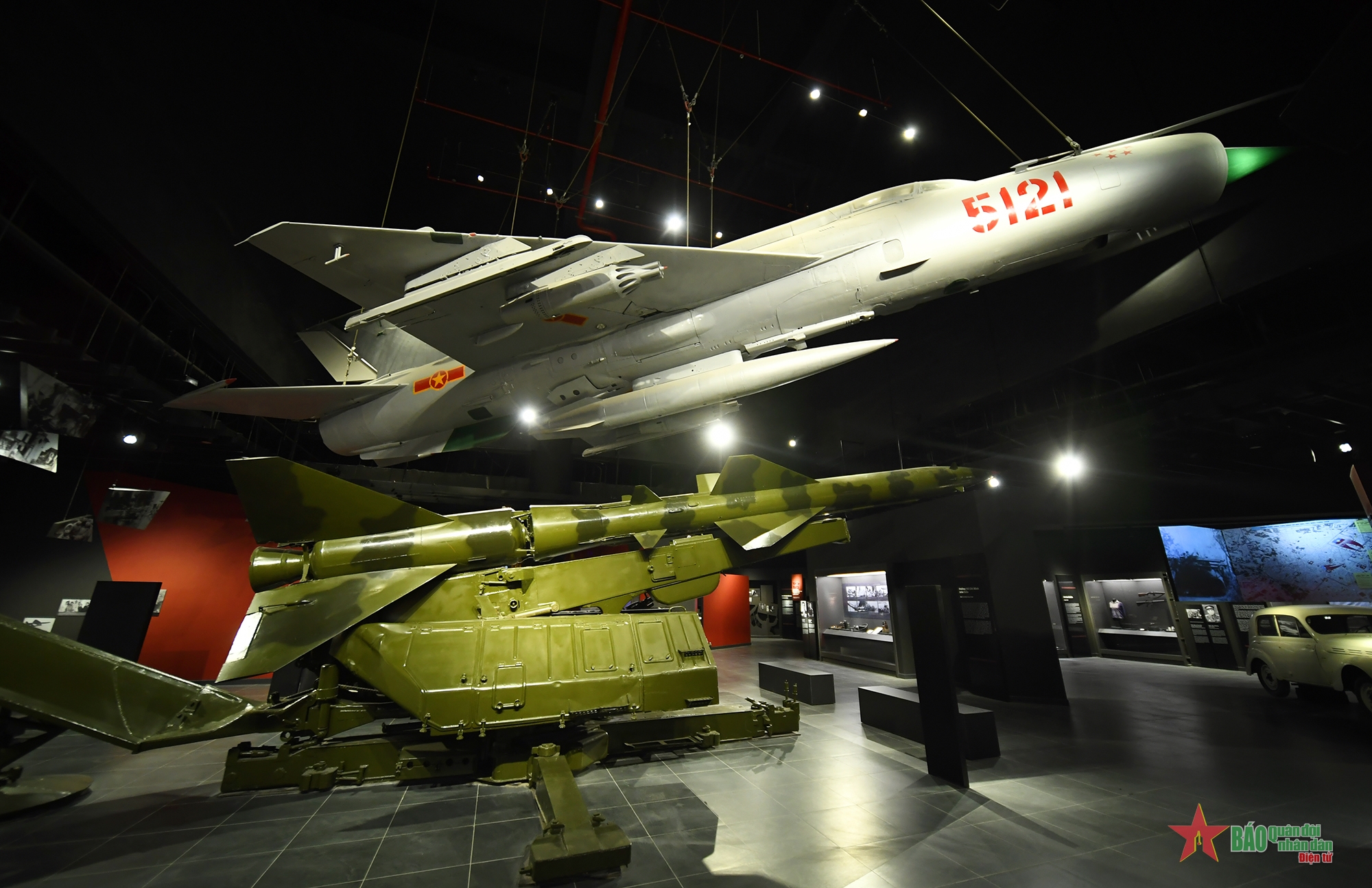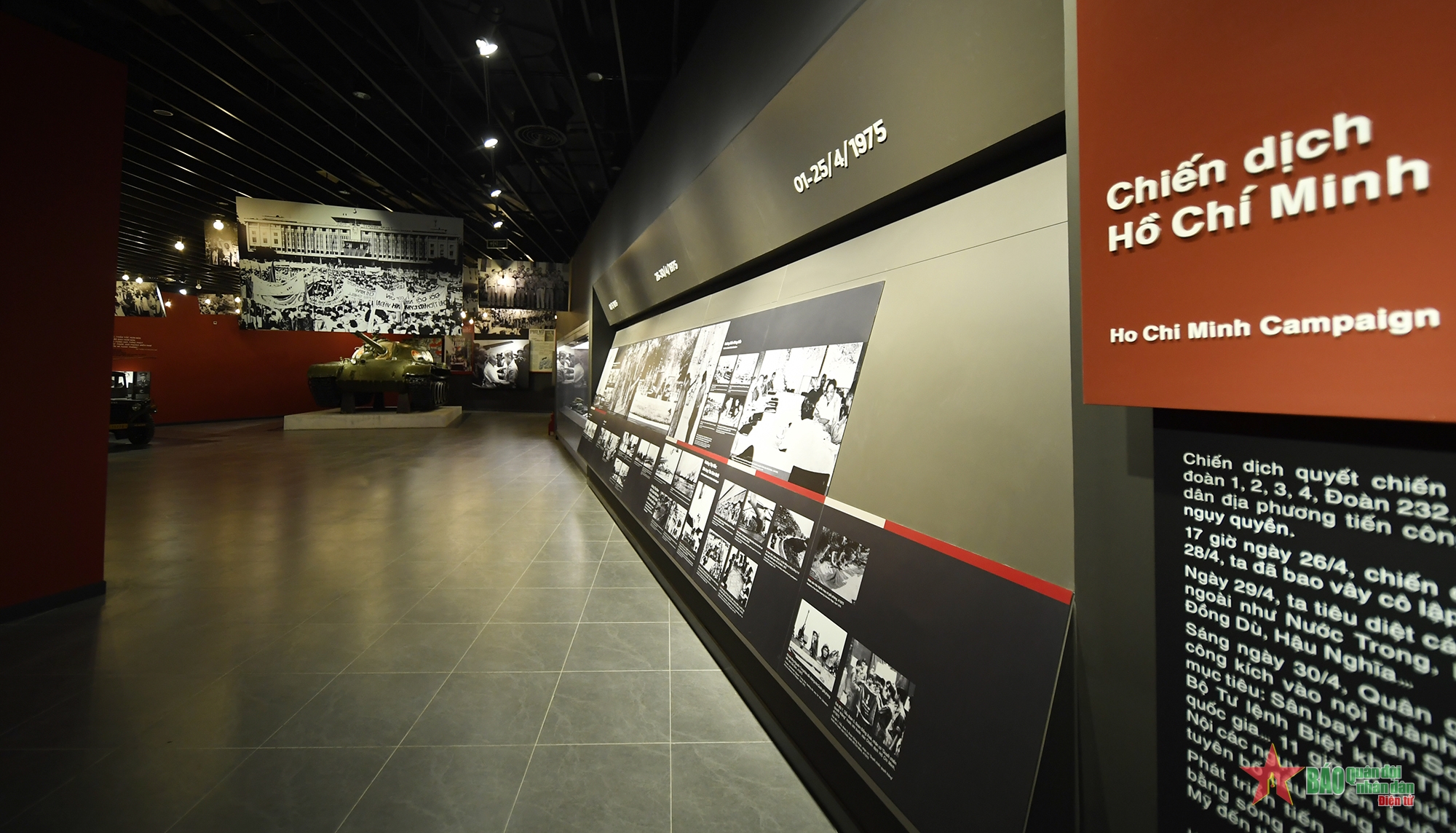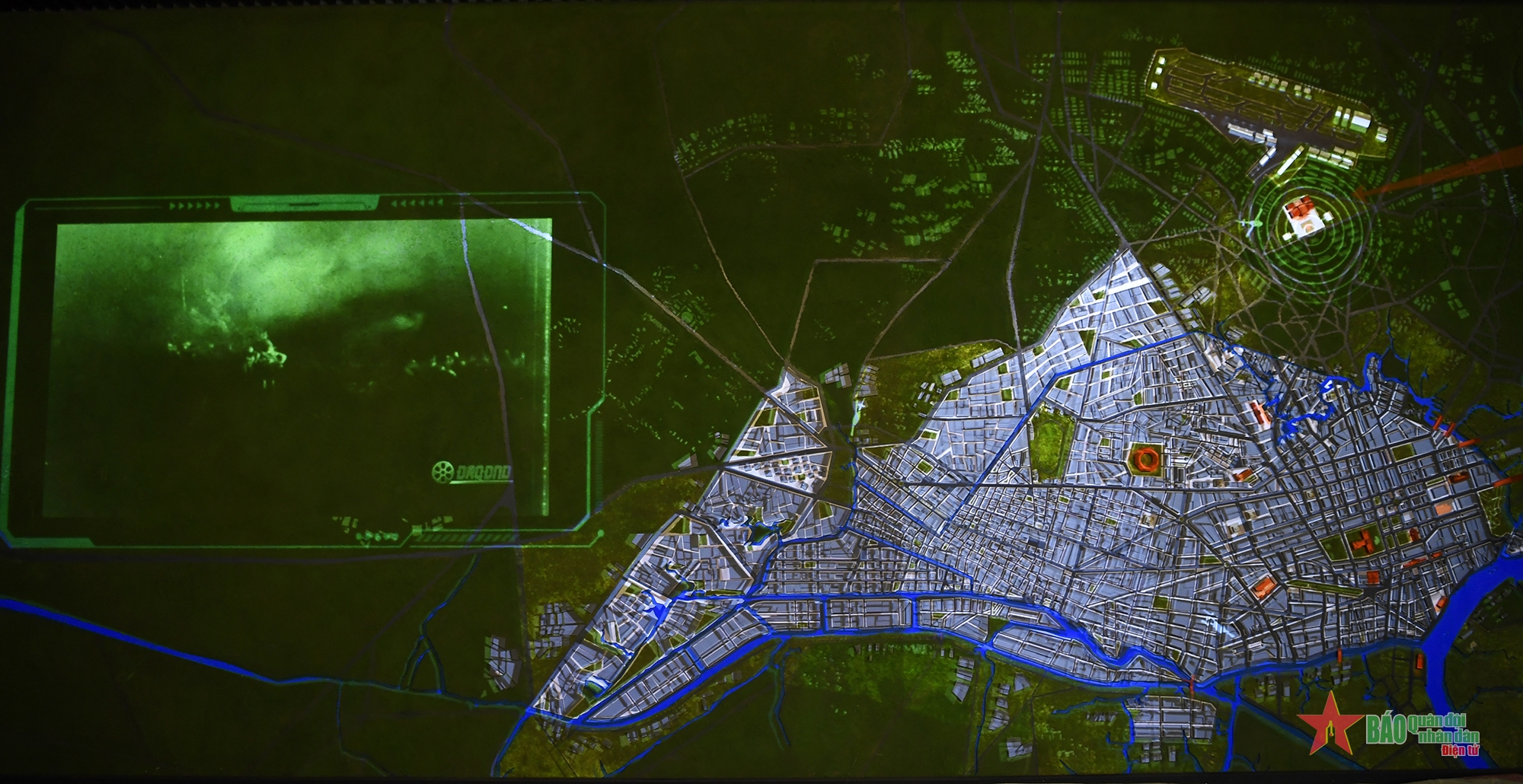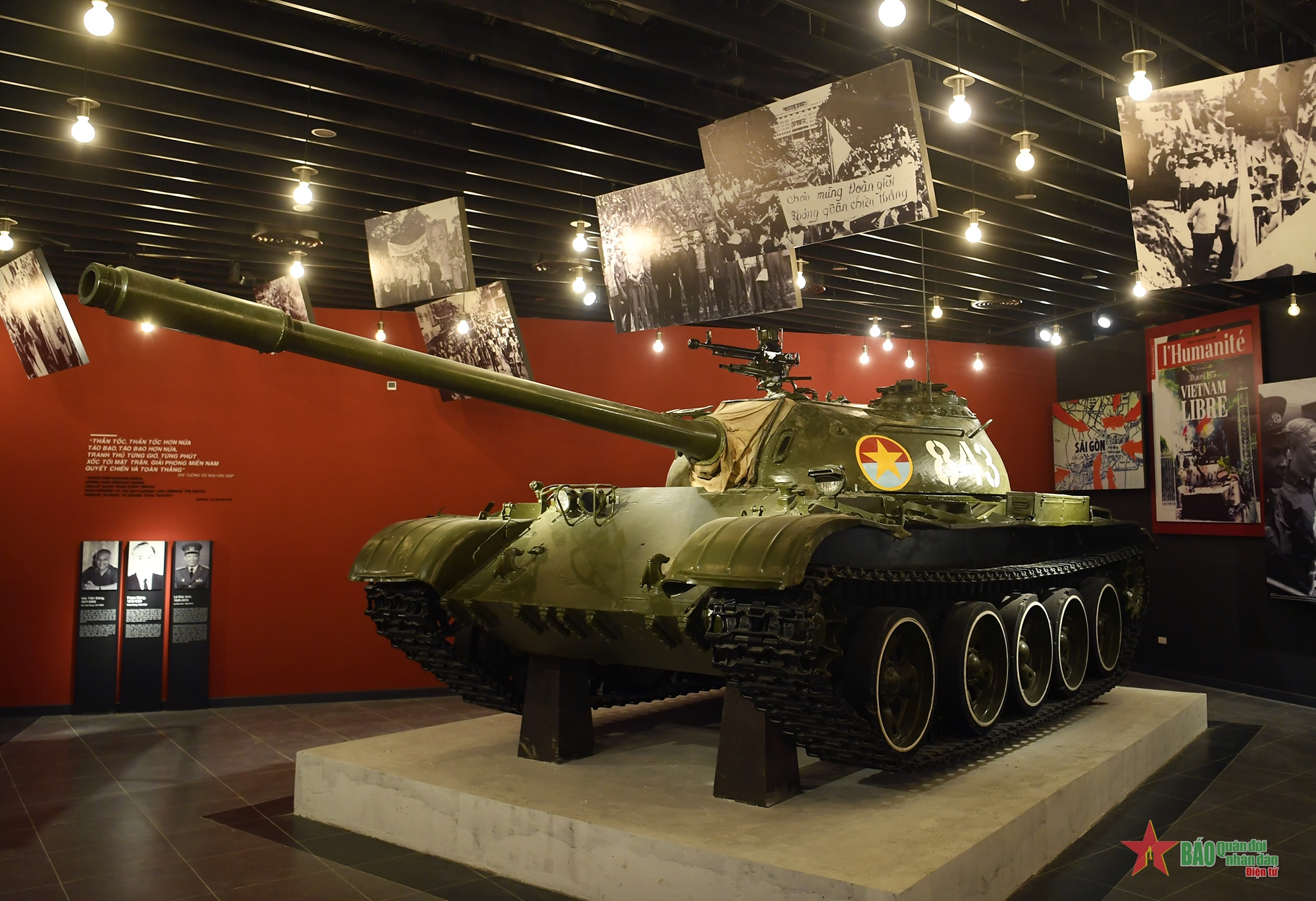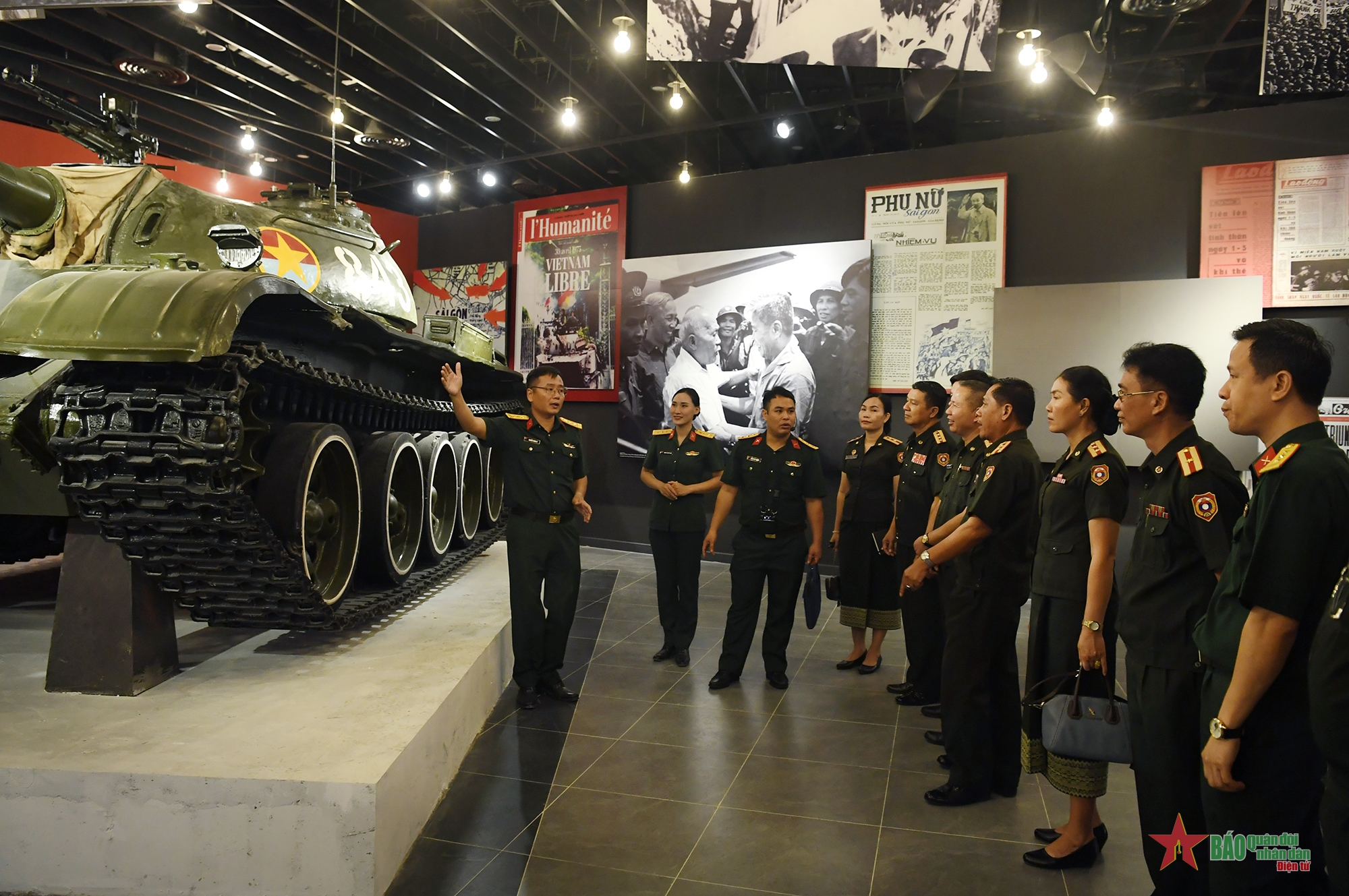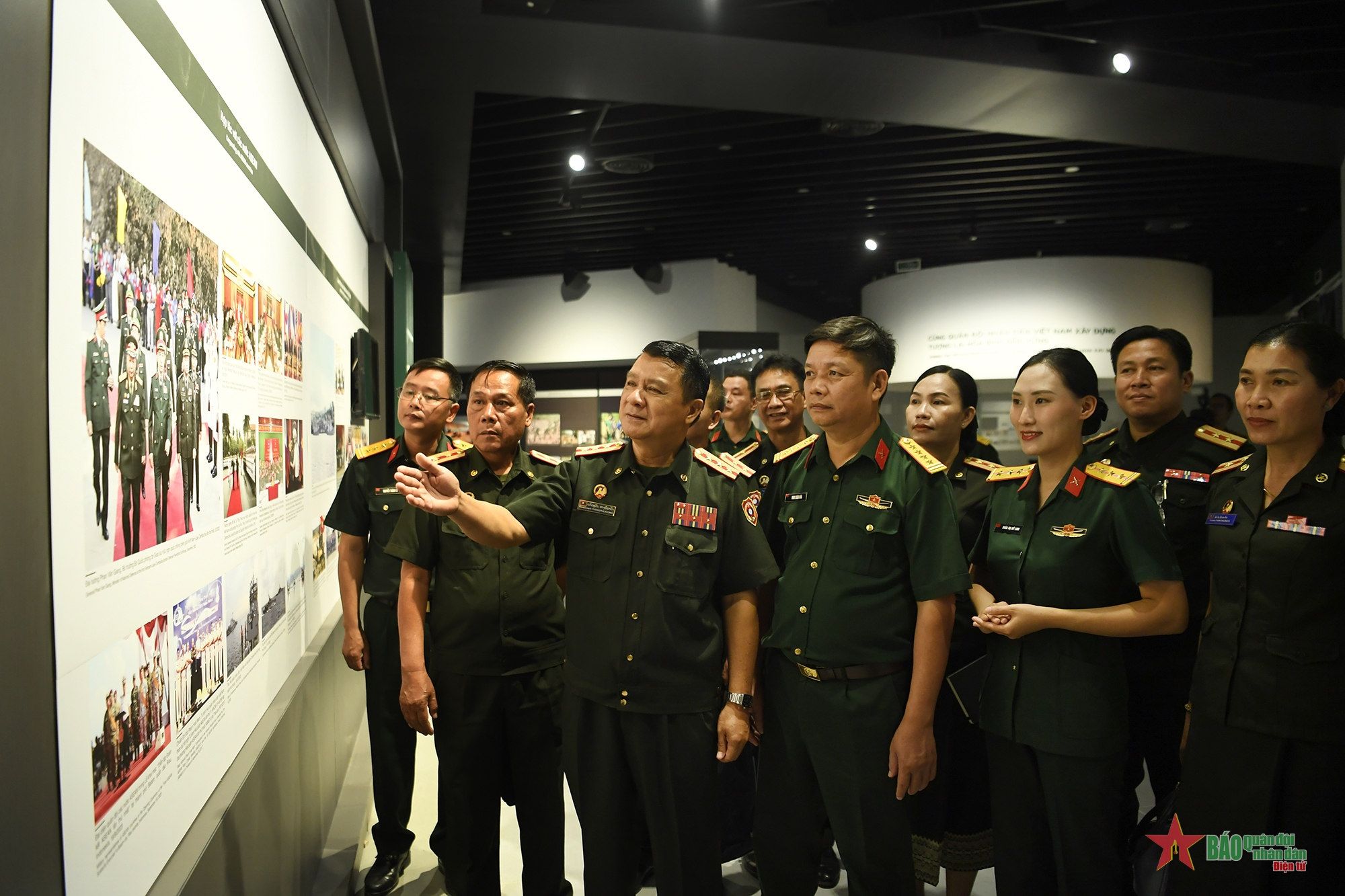Vietnam
Historical and Cultural Space | VIETNAM MILITARY HISTORY MUSEUM
Grand Ceramic is proud to be selected as the tile supplier for the Vietnam Military History Museum – a project of great historical and cultural significance. This is not only an honor but also a testament to the quality and reputation of Grand Ceramic in the construction materials industry.
-
Theme 1: The Early Years of Nation-Building and Defense
-
Theme 2: Defending Independence from 939 to 1858
-
Theme 3: Resistance Against French Colonialism, Struggling for National Independence from 1858 to 1945
-
Theme 4: The Resistance Against French Colonialism, 1945 - 1954
-
Theme 5: The Resistance Against American Imperialism, 1954 to 1975
-
Theme 6: Building and Defending the Nation from 1976 to the Present Day.
The 105mm artillery piece from Battery 806, a 105mm ground artillery gun, serial number 14683, was manufactured by the U.S. and supplied to the French. It was captured by the Vietnamese Army during the battle for Nghĩa Lộ in the 1952 Northwest Campaign. This artillery piece was one of the first to fire salvo rounds, unleashing a storm of fire on the French forces during the battle of the Him Lam stronghold on March 13, 1954, marking the beginning of the Dien Bien Phu Campaign.
Excerpt from Vietnam People's Army Newspaper
Photo report
Modern Exhibition Space Inside the Vietnam Military History Museum
October 4, 2024
